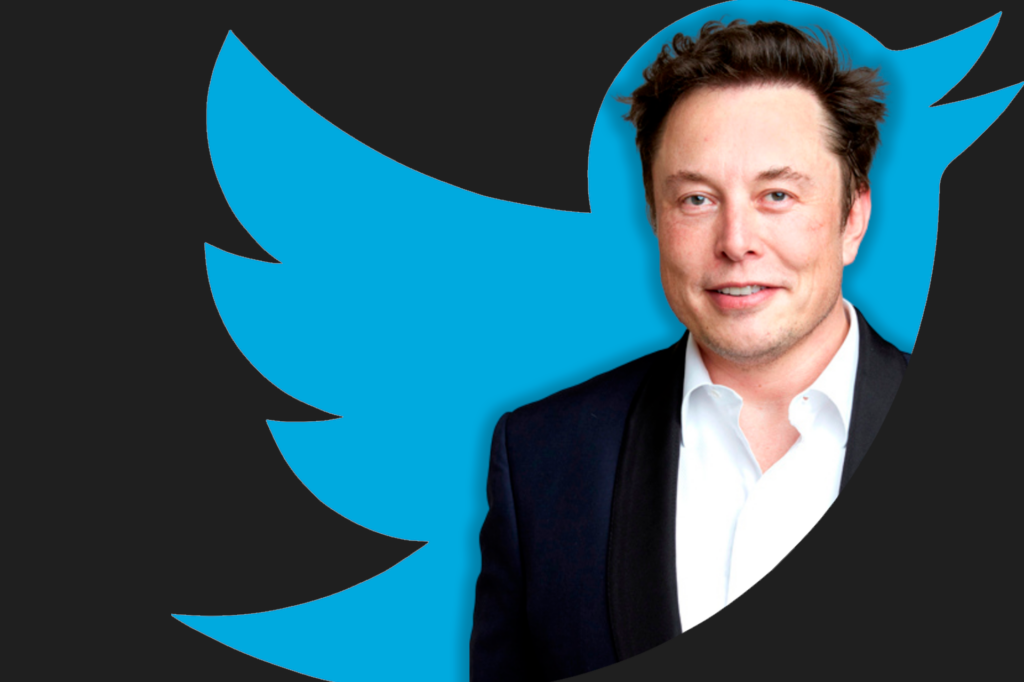
A lot has happened since Elon Musk announced that he was willing to pay 44 billion dollars to own Twitter. While he walks around the company's facilities sharing his vision for the future of the platform, Twitter shareholders have launched a lawsuit against the businessman, alleging that he is giving away the value of the company in order to renegotiate the price of his purchase.
Adding to this are fears that the deal simply won't happen, as Elon argues that the platform has many users who aren't real.
